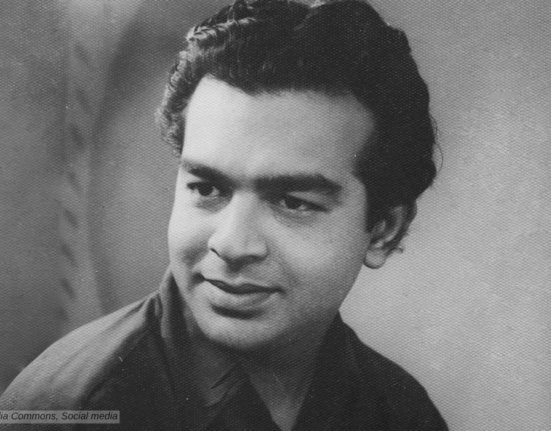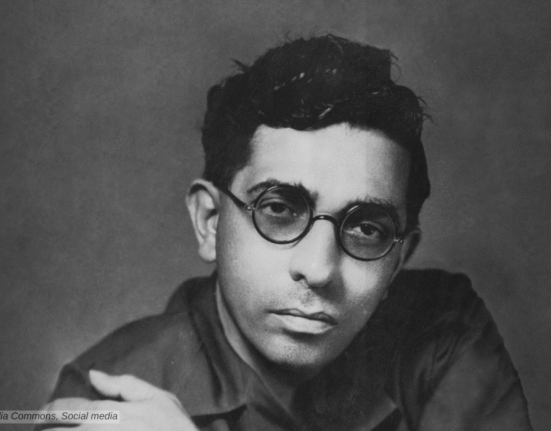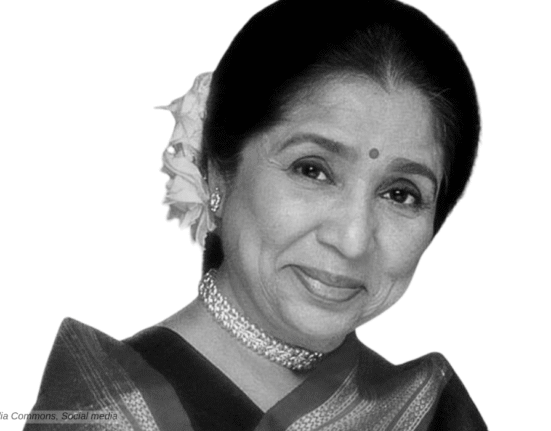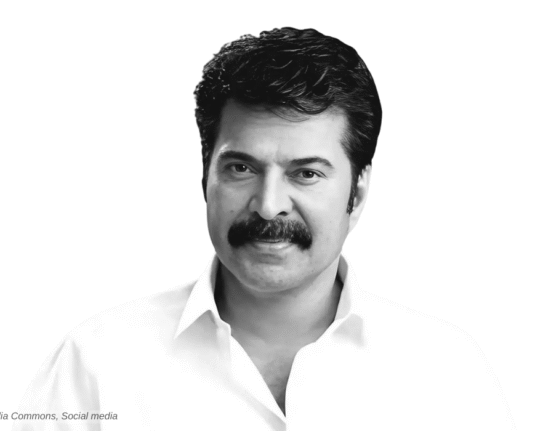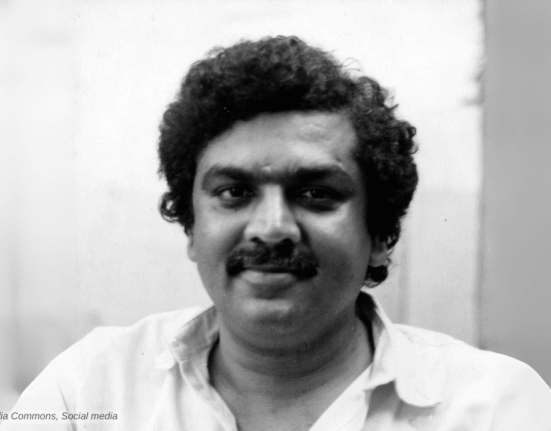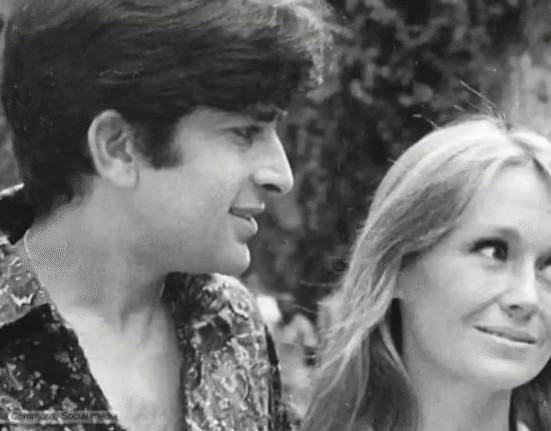Hiralal Thakur, commonly known as “Hiralal,” was an iconic actor in early Hindi films. Hiralal mostly played character roles, especially with negative shades, and was often called the first “big villain” or the ‘bad man of the Indian screen’.
Early Life
Hiralal Thakur was born in Lahore on March 14, 1909 (some sources believe the year was 1910). He joined the freedom struggle movement when he was only a teenager; he worked with groups like the “Hindustan Socialist Republican Association” (Chandrashekhar Azaad and Bhagat Singh were also its members) and as a volunteer in Congress.
Hiralal In Films
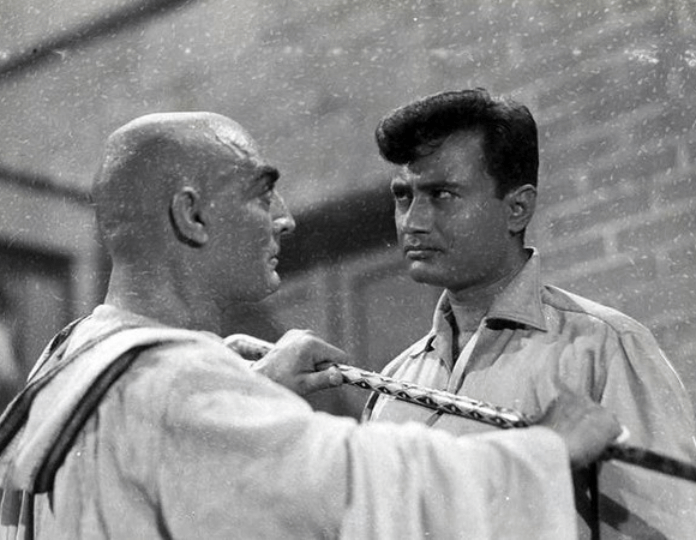
He signed AR Kardar’s silent film “Safdar Jung (1930),” but his second film, “Daughters of Today (1928), was released first, followed by “Awara Raqqsa (1931).” His first talkie film was “Pavitra Ganga (1932),” where he had dual roles, both as the protagonist and antagonist, opposite Nalini Tarkhad. His most memorable performance of that era comes in Din-o-Duniya (1936), where he played the role of General Mohammad Tariq to great acclaim.
Around 1940, Hiralal moved to Calcutta and joined the New Theatres film studio. His first film there was “Mera Punjab (1940),” based on Pearl S. Buck’s famous novel “The Good Earth.” In the film, he played three stages of a man’s life: “the young man, the father, and the grandfather” with conviction.
One of his other standout performances came in Sipahi (1941), where he played a World War I veteran struggling for a job who turned gangster. In 1944, he appeared in “Meri Bahen” with K. L. Saigal and Sumitra Devi.
Hiralal – Breakthrough
Some of his major films of the 1930s and 1940s include Seeta (1934), Blood Feud (1935), Khuni Jadugar (1939), Hamrahi (1944), and Arabian Nights (1946). The 1947 film Faisla opposite Kanan Devi was a turning point for Hiralal. Hiralal, believes that it was the film where he was “able to form a certain concept of villainy, served me well later when I began to play the villain in most of my pictures.” In 1949 he left New Theatres and moved to Bombay.
In Bombay, his first film was “Badal (1951),” starring Prem Nath, Madhubala, and Poornima. He followed it by Kishore Sahu’s Sapna (1952), where he played an outlaw who kidnaps the heroine, played by Bina Rai. He again worked with Kishore Sahu in Hamlet (1953). Contrary to popular belief, he never worked in Bimal Roy‘s Do Do Bigha Zamin (1953). One of his memorable negative role came in Chunder’s Teen Bhai (1955). His role in Aspi Irani’s Qaidi No. 911 (1959) is a fan favourite.
He gave compelling performances in Aaram (1951), K. Amarnath’s Mehbooba (1954), Nandlal Jaswantlal’s Nagin (1954), Chunder’s Teen Bhai (1955), G. P. Sippy’s Chandrakanta (1956), and S.D. Narang’s Yahudi Ki Ladki (1957), among others. In the 1960s, he acted in Bandini (1963), Leader (1964), Zindagi (1964), Nishan (1965), Gumnaam (1965), Rustam and Sohrab (1967), which was the last film of Suraiya, Kismat (1968), Aankhen (1968), Kab Kyuon aur kahan (1970), Amar Prem (1971), and Raja Jaani (1972).
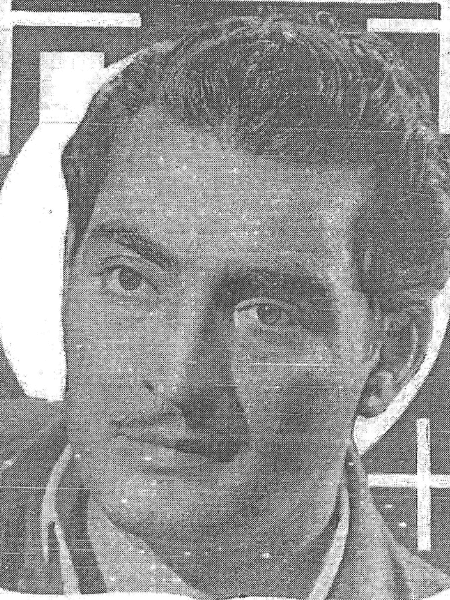
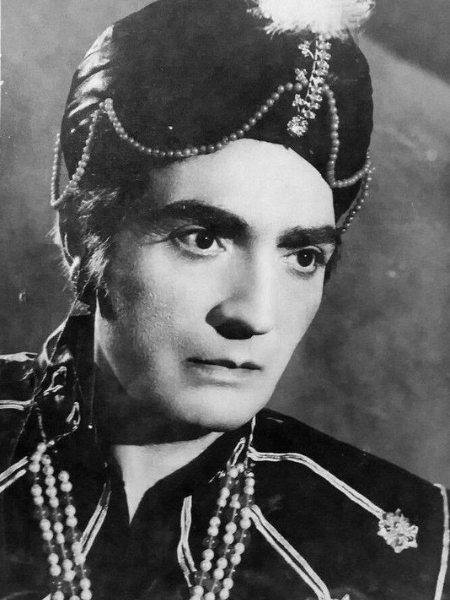
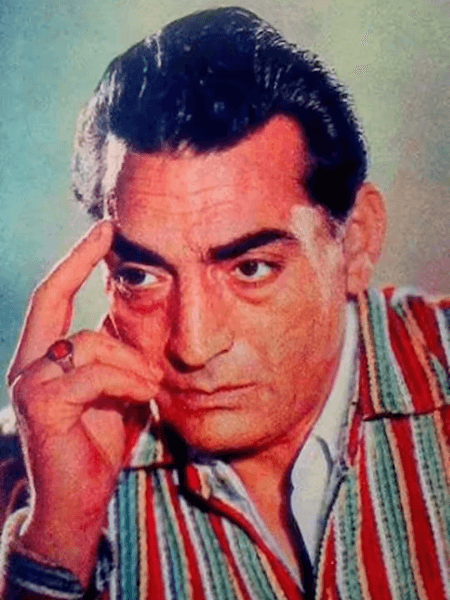
The Iconic Villain of Fantasy Films
Hiralal became a legendary figure in fantasy movies where he mostly played the evil villain. Although he was acting in fantasy films from his early careers, but in the 50s he became the biggest name of the genre. Over the years he went on to star in films like Hatimtai Ki Beti (1955), Roop Basant (1955), Sakhi Hatim (1955), Shah Behram (1955), Indra Sabha (1956), Shan-e-Hatim (1958), Dr. Z (1959), Dr. Shaitan (1960), Jadoo Mahal (1962), Flying Man (1965), Sindbad, Alibaba, and Alladin (1965), Love and Murder (1966), Sheba and Hercules (1967), and Alibaba (1976).
Personal Life
Hiralal tied the knot with Darparani in 1945, and together they had five sons and a daughter. Their sons were Krishna, Kamal, Prem, Ajay, and Inder Thakur. Hiralal worked continuously until his death on June 27, 1982. His last films were Kaalia (1981) and Sultana Daku (1982). K.Asif’s delayed film Love and God was released posthumously in 1986.
Inder Thakur was also an actor and model who made his debut with Rajshri’s cult classic “Nadiya ki Par,” where he played the role of Omkar, the older brother of Sachin; the same role was played by “Mohnish Behl” in its remake, “Hum Apke Hain Kaun.” Inder tragically lost his life in the Air India Flight 182 bombing in 1985, along with his wife Priya and their children.
Hiralal on IMDB



